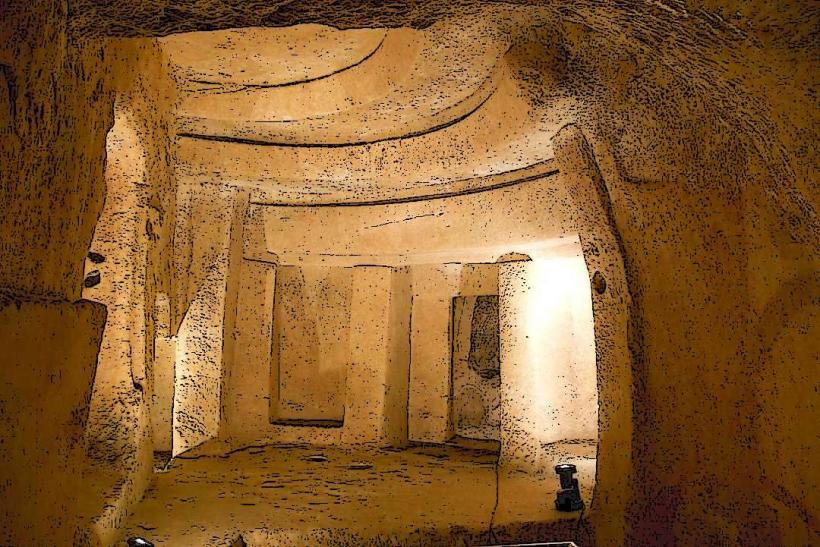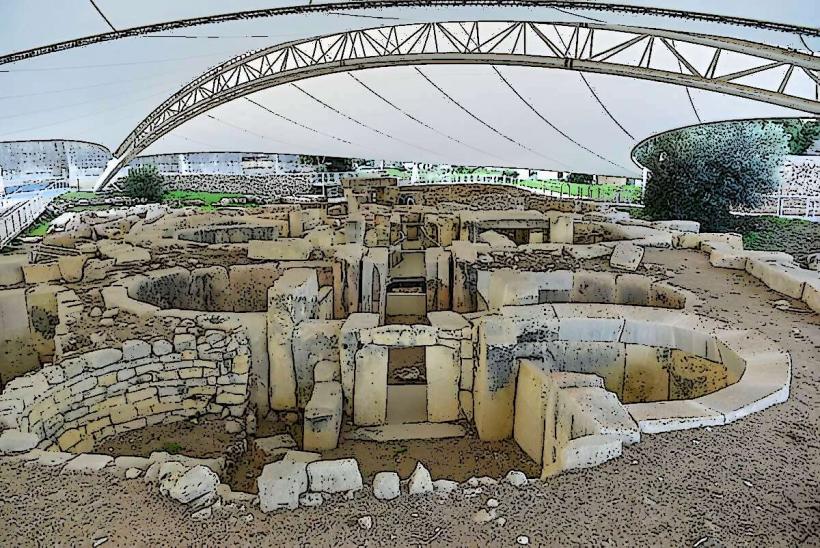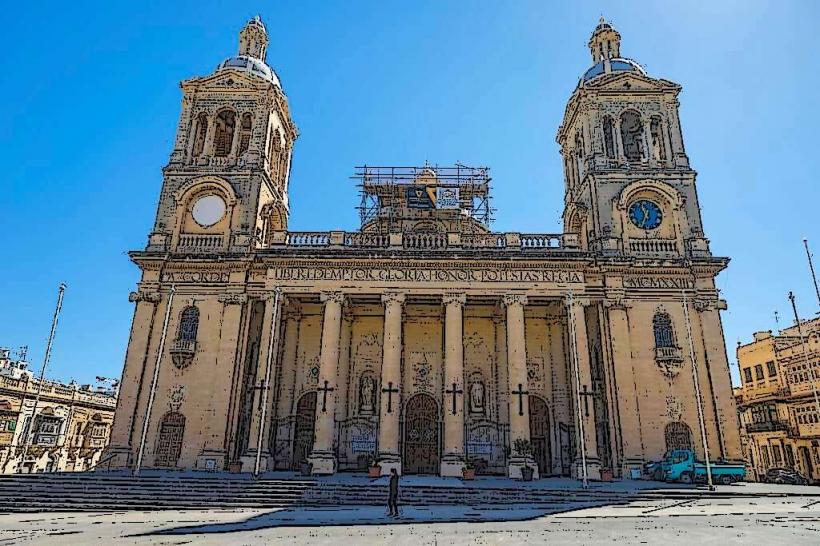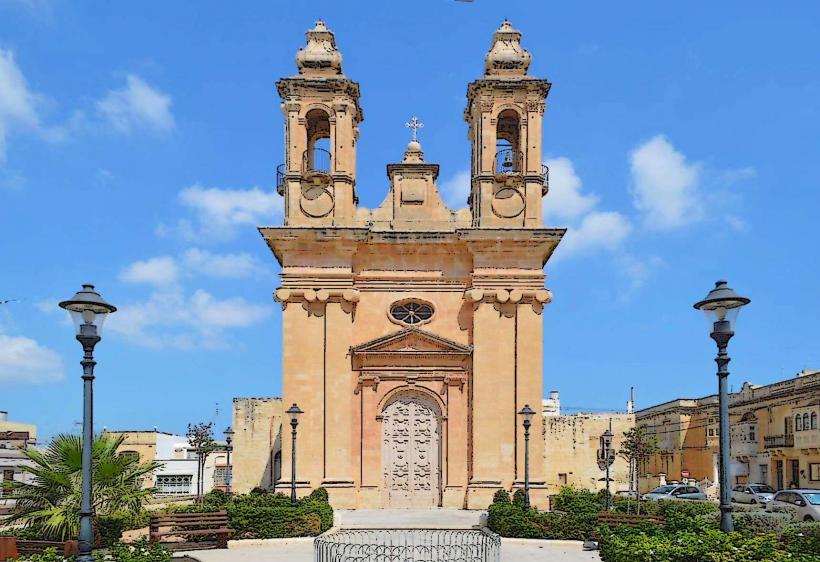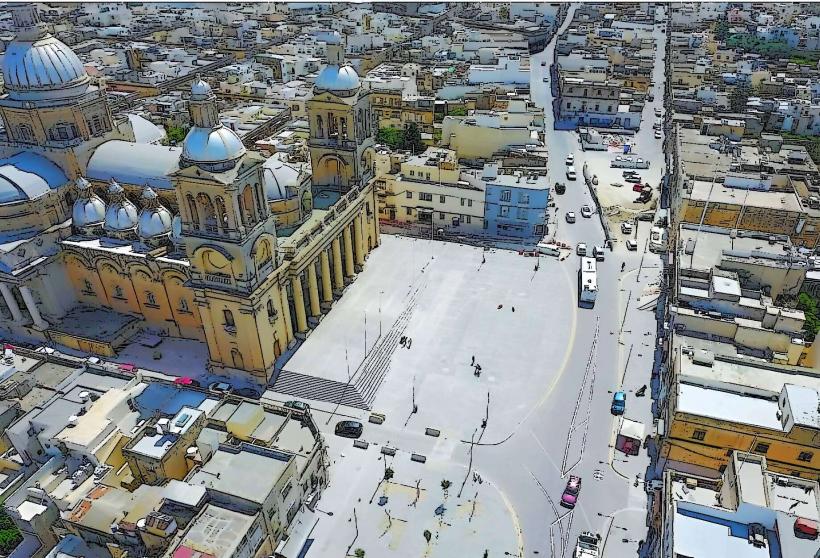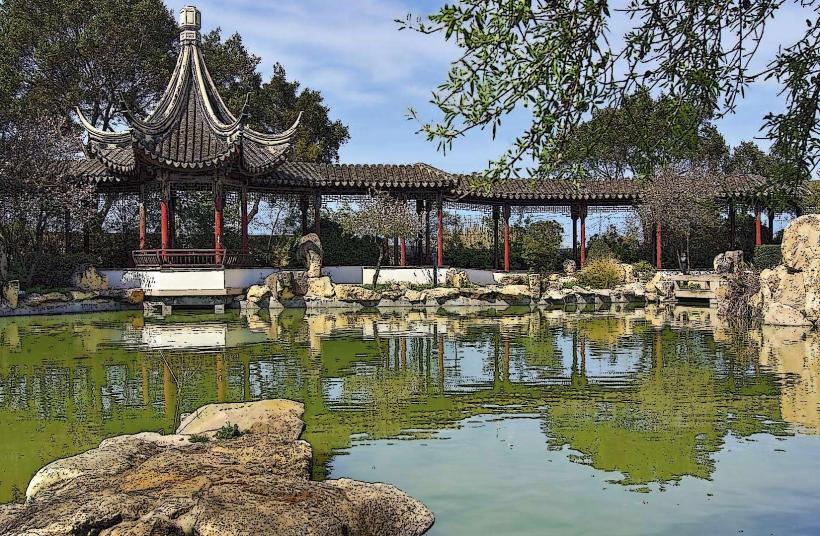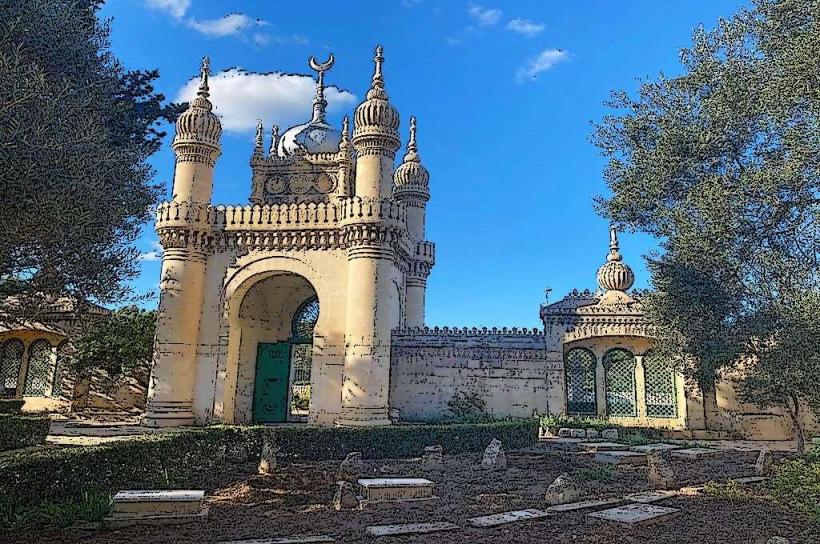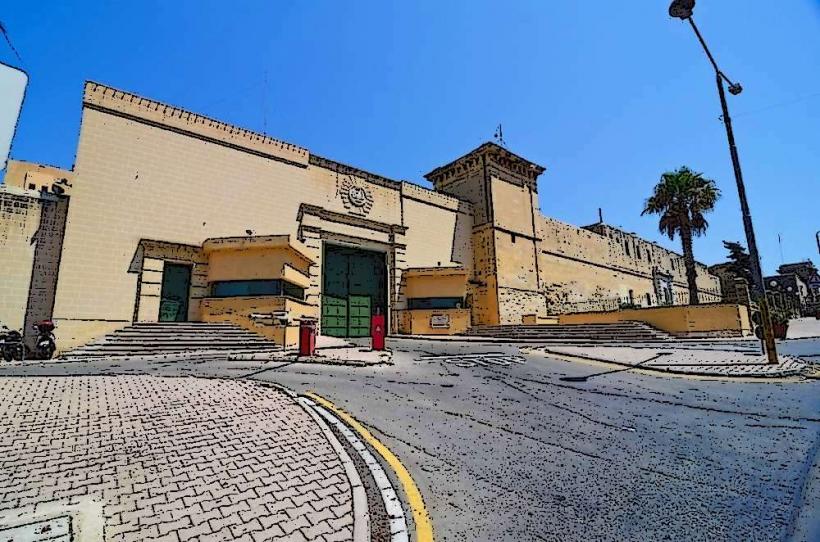Information
Landmark: Kordin III TempleCity: Paola
Country: Malta
Continent: Europe
Kordin III Temple
The Kordin III Temple, located near Paola on Malta’s Corradino Heights, is one of the island’s lesser-known but significant prehistoric sites. Part of a group of temples on the Kordin plateau, it is the only one that has survived in recognizable form, offering insights into Malta’s rich Neolithic Temple Period (3600–2500 BCE).
Historical Background
- Discovery and Excavation: The site was excavated in 1909–1911 by Thomas Ashby and T. E. Peet. Subsequent studies have added to its interpretation.
- Significance: Kordin III is part of Malta's remarkable megalithic temple culture, known for its monumental architecture and spiritual complexity.
- Other Kordin Temples: The Kordin I and Kordin II temples were destroyed due to urbanization and industrial development.
Architectural Features
The Kordin III Temple exemplifies the sophisticated engineering and ritualistic practices of its builders.
1. Layout
- The temple has a trefoil (cloverleaf-shaped) design, a characteristic of Maltese prehistoric temples.
- Its central corridor leads to three apses, each with unique features, suggesting different ceremonial functions.
2. Stonework
- Megalithic Construction: Large limestone blocks form the temple's foundation and walls.
- Paving: Some original stone pavements remain intact, showcasing Neolithic craftsmanship.
- Doorways: Trilithon-style entrances (two vertical stones supporting a horizontal lintel) are still visible.
3. Altar and Oracle Hole
- The site includes a stone altar, likely used for ritual offerings.
- A small oracle hole in the temple walls suggests ceremonial communication or the passage of offerings.
4. Protective Measures
- A modern canopy protects the site from weathering, preserving its features for future generations.
Cultural and Religious Significance
- The temple was likely a center for worship and rituals tied to nature, fertility, and life cycles.
- Artifacts such as pottery and tools, discovered during excavations, hint at its use as a community hub for spiritual and possibly astronomical purposes.
Current State and Accessibility
- The Kordin III Temple is not as well-preserved or popular as other megalithic sites, such as the Tarxien Temples or Ġgantija in Gozo. However, it remains an important piece of Malta's prehistoric puzzle.
- Accessibility: Though less visited, it is open to the public and can be reached via Paola or Marsa.
Nearby Attractions
- Hal Saflieni Hypogeum: A UNESCO-listed underground necropolis.
- Paola Parish Church: A significant religious landmark.
- Grand Harbour: Offering stunning views and historical significance.
Summary
The Kordin III Temple is a quiet yet evocative reminder of Malta's prehistoric heritage. Its unique design and archaeological significance make it a rewarding visit for history enthusiasts seeking to uncover the layers of Malta’s ancient past.

